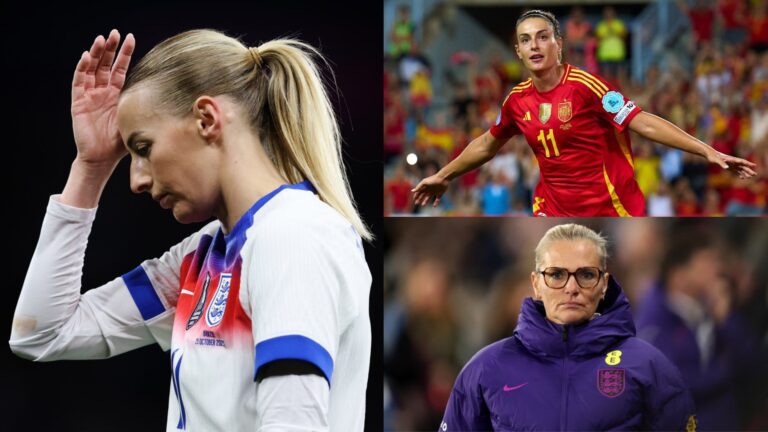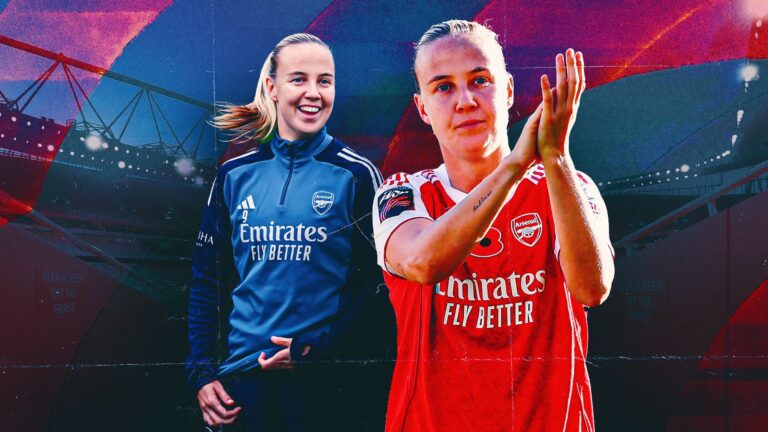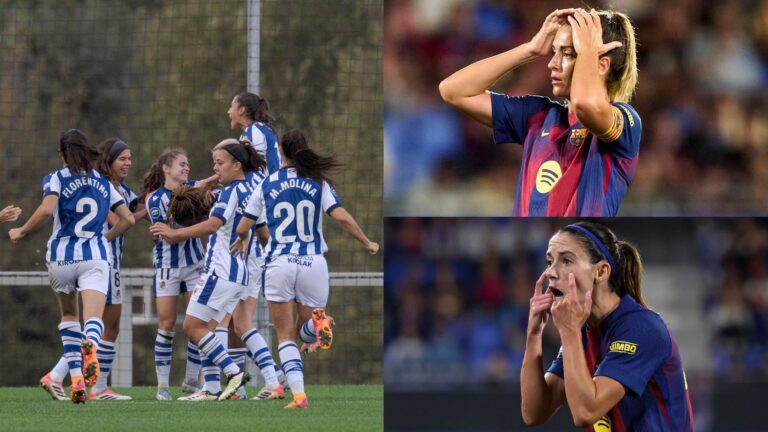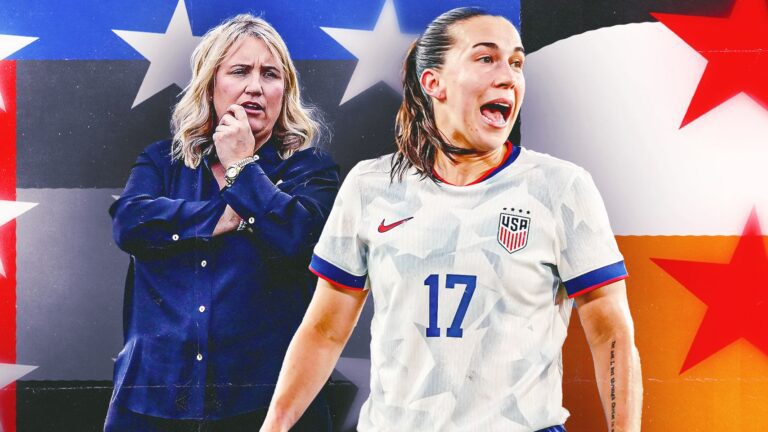The Devastating Impact of ACL Injuries on Rising Stars in Women’s Football
In the world of women’s soccer, few setbacks are as crushing as an ACL injury, especially for a promising player like Michelle Agyemang. This ACL injury not only halts careers but also highlights the persistent challenges faced by athletes in the sport, affecting teams and fans alike as they rally around their stars during recovery.
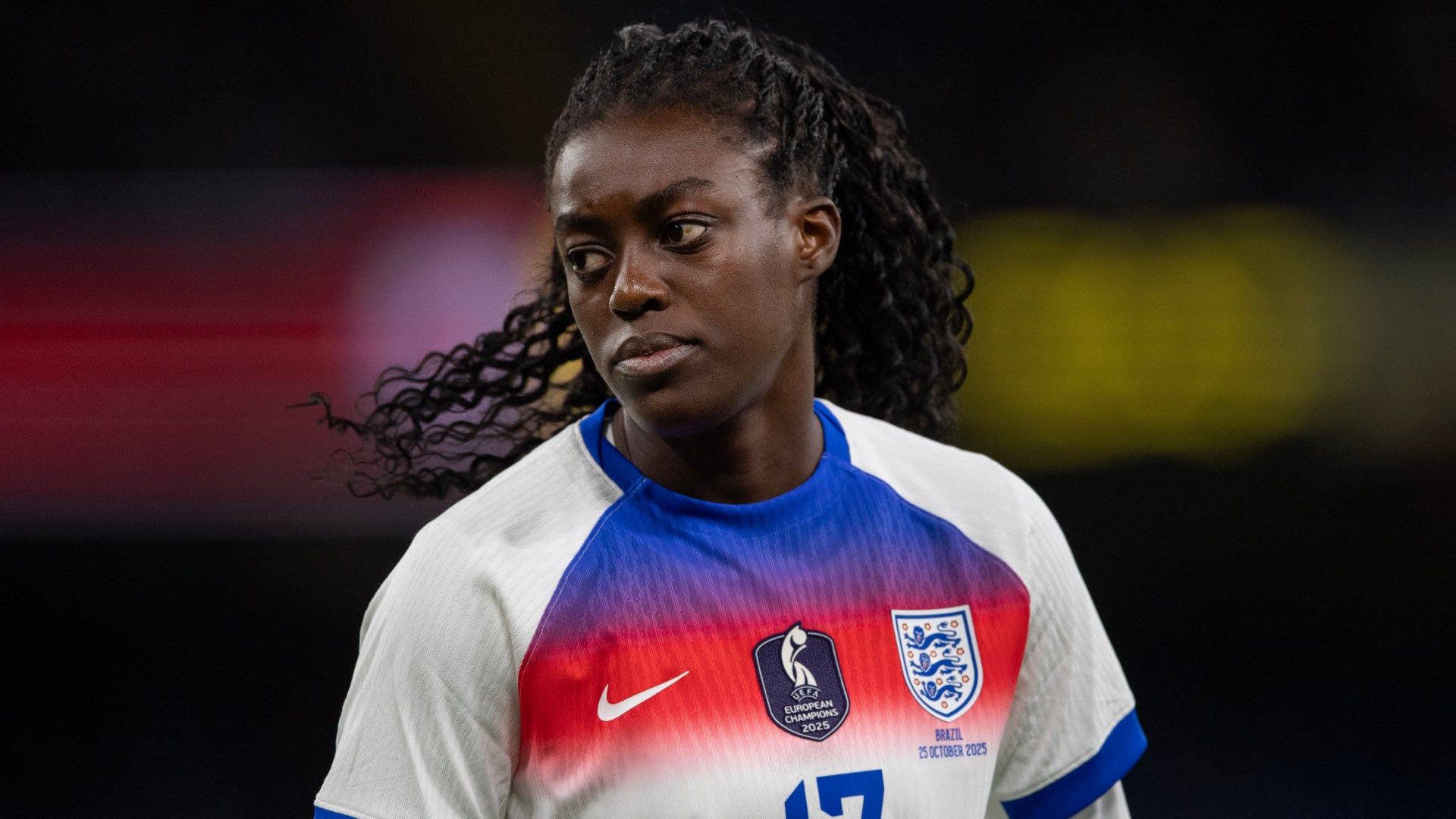

Initial Fears Realized for England’s Young Prodigy
Concerns arose immediately when the England player collapsed unexpectedly during a non-contact moment in the Lionesses’ exhibition match at Pride Park, hosted by Derby County. Such incidents are all too common in women’s soccer, where teammates like Leah Williamson, Beth Mead, and Chloe Kelly have faced the grueling rehabilitation process. Recovery timelines vary, with some athletes bouncing back in about nine months, while others, such as Sam Kerr and Catarina Macario, have dealt with extended absences lasting nearly two years, underscoring the unpredictable nature of healing from this type of harm.
Agyemang’s Personal Response to the Diagnosis
Through an Instagram update announcing the injury, the young athlete shared her emotions, stating: “Disappointed that results show a torn ACL. I am so grateful for all the kind words and the support from everyone. Recovery starts now, I will be back stronger than before. In all things I give thanks to the most high God, this test will surely turn into a testimony.”
Support from National and Club Teams
Both the England national team and her clubs, Arsenal and Brighton, have publicly expressed their backing for the 19-year-old. The Football Association noted, “As a member of the Lionesses family, she has the full support of the FA and everyone associated with our England teams. Lionesses staff will remain in regular contact with Michelle and her club and be on hand to aid any aspect of her rehabilitation.”
Collaborative Efforts for Rehabilitation
Meanwhile, representatives from Arsenal and Brighton indicated that they are maintaining close communication to develop an effective plan for her medical care and full recovery, emphasizing a united approach to help her overcome this obstacle.
Setbacks for Agyemang’s Promising Career Trajectory
This development represents a major disappointment for everyone involved, as Agyemang has quickly become a pivotal force for England over the past half-year. Her international debut in April saw her score just 41 seconds in, stepping up amid widespread injuries in the squad, and she went on to feature in the European Championship, netting goals in the quarter-finals and semi-finals, ultimately helping secure the title and earning the Young Player accolade. Unfortunately, this injury will pause her progress, shifting her focus from building skills to recuperating, marking a bitter end to a standout year.
Effects on Club-Level Development
At the professional level, Agyemang will forgo key chances to grow with her team. Although her success at Euro 2025 sparked speculation about a larger role at Arsenal, she opted for a loan to Brighton for the 2025-26 season to secure more playing opportunities and skill-building experiences. This choice initially appeared wise, with strong early performances, but now she must pivot to rehabilitation, which is a significant loss for Brighton, where she has played a vital part.
The Larger Issue of ACL Injuries in Women’s Soccer
This unfortunate event further emphasizes the widespread occurrence of ACL injuries among female players and the urgent need for enhanced studies to reduce their frequency. Initiatives like the FIFA-backed research at Kingston University London, launched in May, and ‘Project ACL’-supported by figures such as Lucy Bronze and involving partnerships with FIFPRO, the PFA, Nike, and Leeds Beckett University-are addressing this crisis.
Insights from Key Advocates
L reflecting on the initiative, Lucy Bronze explained, “Project ACL is important because we need to start fine-tuning the information that we’re putting out. There is already research, but I think there’s just so much talk and a lot of wrong information out there. There isn’t a quick fix to eradicate ACL injuries in women’s football. We need to finely tune research so that we can identify the key factors.”
The Path Forward for the Sport
Accelerating these efforts will benefit the entire women’s game, preventing more talents like Agyemang from experiencing such prolonged interruptions that affect countless athletes.
Who is Michelle Agyemang?
Michelle Agyemang is a promising young talent in women’s football, known for her dynamic skills as a forward. Born in England, she has quickly risen through the ranks, captivating fans with her speed, agility, and goal-scoring prowess. Agyemang has represented England at various youth levels, showcasing her potential to become a key player for the senior national team. Her journey in women’s football began in the academies of top clubs, where she honed her abilities and caught the eye of scouts.
Agyemang’s career trajectory includes stints with Arsenal, where she developed as a rising star in the youth setup, before moving to Brighton & Hove Albion in the Women’s Super League (WSL). This transition highlighted her growth and adaptability, making her a versatile player who can impact games both offensively and defensively. For anyone following women’s football trends, Agyemang’s story is a testament to the increasing depth of talent in the sport, especially among young English players recovering from setbacks like ACL injuries.
Early Career Highlights
- Youth Development at Arsenal: Agyemang joined Arsenal’s academy at a young age, where she benefited from world-class coaching and competed in high-stakes youth tournaments. This period was crucial for her development, helping her build the technical skills that have made her a standout in ACL injury recovery discussions.
- Breakthrough with Brighton: Since joining Brighton, Agyemang has featured prominently in WSL matches, contributing goals and assists that boosted her team’s performance. Her role in Brighton’s attacking strategy has been pivotal, making her season-ending ACL injury a major talking point in women’s football circles.
The Details of the ACL Injury
An ACL injury, or anterior cruciate ligament tear, is one of the most common and devastating setbacks in sports like football. For Michelle Agyemang, this injury occurred during a recent match, sidelining her for the remainder of the season. This type of injury often happens due to sudden stops, changes in direction, or direct impacts-common in the fast-paced world of women’s football.
The news of Agyemang’s ACL tear broke when she was stretchered off the field, raising immediate concerns about her recovery timeline and the broader impact on her teams. Experts in sports medicine emphasize that ACL injuries in women’s football are more prevalent due to factors like biomechanics and playing surfaces, making stories like Agyemang’s a frequent topic in ACL injury prevention discussions.
What Exactly is an ACL Injury?
An ACL injury involves damage to the ligament that stabilizes the knee, often requiring surgery and extensive rehabilitation. In Agyemang’s case, medical scans confirmed a full tear, which is typical for athletes experiencing a season-ending ACL injury. This not only affects mobility but can also lead to long-term issues if not managed properly.
- Common Causes: Sudden pivots, as seen in football matches, or awkward landings from jumps.
- Symptoms to Watch For: Immediate swelling, pain, and instability in the knee, which Agyemang likely experienced during her game.
- Why It’s Serious in Football: For players like Agyemang, an ACL tear means missing key WSL fixtures and international duties, potentially delaying her ascent in England’s women’s team.
How the Injury Unfolded
During a high-intensity WSL game, Agyemang attempted a quick turn while challenging for the ball, leading to the ACL injury. Eyewitnesses and commentators noted the incident as a heartbreaking moment, with players from both teams showing support. This event has sparked conversations about ACL injury risks in women’s football, especially for rising talents like Agyemang who are pushing physical limits.
Impact on Teams and Women’s Football
Agyemang’s season-ending ACL injury is more than a personal blow-it’s a significant setback for Brighton, England, and the broader landscape of women’s football. Brighton will need to adjust their tactics without her creative flair, while England faces challenges in upcoming qualifiers. This injury underscores how ACL tears can disrupt team dynamics and individual careers.
Effects on Brighton & Hove Albion
Brighton & Hove Albion’s women’s team relies on Agyemang’s energy to drive their attacks, and her absence could affect their standing in the WSL. Coaches may have to rethink strategies, potentially leaning on younger players to fill the void.
- Tactical Shifts: Expect more defensive setups or reliance on other forwards, which might impact Brighton’s overall performance in key matches.
- Team Morale: Agyemang’s injury could lower team spirit, but it also presents an opportunity for squad depth, as seen in other women’s football teams dealing with ACL injuries.
- Fan Reactions: Supporters are rallying online, using hashtags like #GetWellMichelle to show solidarity, highlighting the growing community around women’s football stars.
Impact on England National Team
For England, Agyemang was a promising option for future tournaments, including Euro qualifiers. Her ACL injury means the team might have to accelerate the development of other young talents, potentially affecting their depth in attacking roles.
- Upcoming Challenges: England’s women’s team could struggle in international friendlies without her speed, making ACL injury recovery timelines a hot topic among fans.
- Long-Term Outlook: This setback might delay Agyemang’s senior debut, but it could also motivate the team to focus on ACL injury prevention programs.
- H4: Potential Ripple Effects on Arsenal’s Pipeline: Although Agyemang has moved on from Arsenal, her injury highlights the importance of youth development in clubs like Arsenal, where emerging talents often face similar risks. This could influence how Arsenal scouts and coaches approach ACL injury management for their rising stars.
The Recovery Process and Rehabilitation
Recovering from an ACL injury is a marathon, involving surgery, physical therapy, and mental resilience. For Agyemang, the process will likely include reconstructive surgery followed by a structured rehab program. Experts recommend a timeline of 6-12 months, depending on individual factors, which is standard for athletes in women’s football.
Typical Timeline for ACL Recovery
- Initial Phase (0-6 Weeks): Focus on reducing swelling and regaining basic mobility, often with guided exercises to prevent further knee issues.
- Strength Building (6-12 Weeks): Incorporate strength training and balance work, helping players like Agyemang rebuild confidence on the field.
- Return to Training (3-6 Months): Gradual reintroduction to football drills, with a strong emphasis on ACL injury prevention techniques.
- Full Recovery Milestones: Mental health support is key, as many athletes face emotional challenges during rehab, turning it into a story of triumph in women’s football narratives.
In navigating this recovery, Agyemang’s determination will be crucial, as she joins the ranks of other footballers who have bounced back from ACL injuries stronger than before. This journey not only informs fans about the realities of sports injuries but also emphasizes the need for better support systems in women’s football. (Word count: 812)




